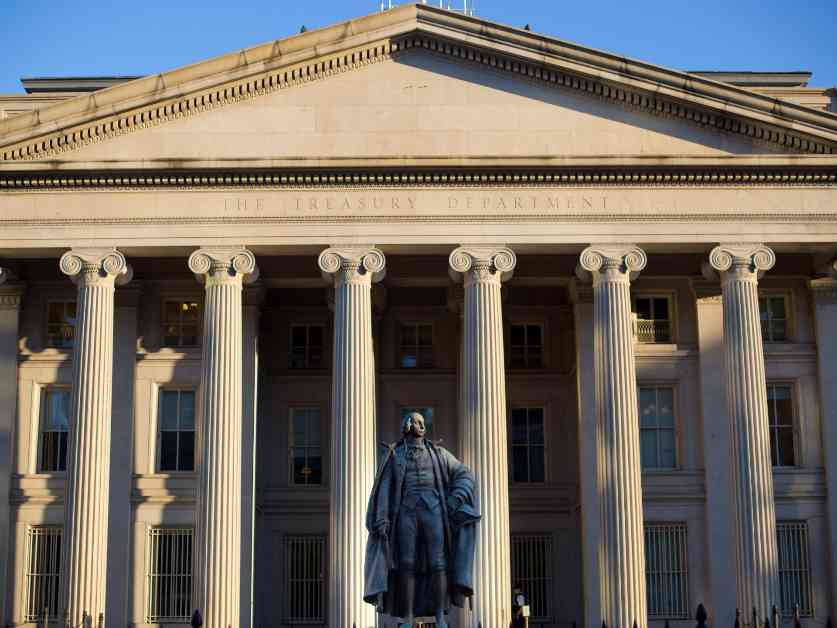The United States has long grappled with a ballooning national debt, a topic that has historically been a major point of contention during presidential elections. In 2016, Donald Trump and Hillary Clinton dedicated a 12-minute segment of their final debate to discussing the issue, while in 2012, Barack Obama and Mitt Romney clashed over the national debt in all three of their debates. However, fast-forward to 2024, and it seems that the national debt has fallen off the radar in political discourse.
During the first and only debate between Trump and Kamala Harris earlier this month, the word “debt” did not even come up. This lack of attention to the national debt is particularly concerning given the current state of the US economy. In 2012, the national debt stood at $11.4 trillion, about 69.5 percent of GDP. Today, it has skyrocketed to around $28 trillion, or about 99 percent of GDP. The Congressional Budget Office (CBO) projects that the debt will exceed $51 trillion in the next decade, pushing the debt-to-GDP ratio to 122 percent – a level higher than in the aftermath of World War II.
Despite the alarming projections, neither Trump nor Harris has prioritized addressing the growing national debt. In fact, both candidates’ policies are set to exacerbate the situation further. Trump has promised to extend his 2017 tax cuts, while Harris has proposed a $25,000 assistance program for first-time homebuyers. These costly pledges have left independent budget forecasters struggling to keep up.
The Tax Policy Center estimates that Harris’s agenda could increase the deficit by as much as $2.6 trillion over the next decade, while Trump’s proposals could add $1.2 trillion to the shortfall. The Penn Wharton Budget Model, which does not account for all of the candidates’ recent pledges, projects that the deficit could rise by $4.1 trillion under Trump and $2 trillion under Harris.
Gary Hufbauer, a non-resident senior fellow at the Peterson Institute of International Economics, pointed out the candidates’ reluctance to address the debt issue. He noted that both Trump and Harris have seemingly decided that discussing debt reduction is a losing strategy in their campaigns.
While some economists debate the exact threshold at which the national debt becomes unsustainable, there is consensus that there is a point where the debt burden could have serious economic consequences. The US’s unique position as the issuer of the world’s primary reserve currency has allowed it to manage its debt more effectively than other countries. However, there is a limit to how much debt the economy can handle before facing significant challenges.
Economists at the Penn Wharton Budget Model have warned that publicly held debt exceeding 200 percent of GDP could trigger a crisis in financial markets. They predict that the US government has about 20 years to take corrective action before reaching a point where no amount of tax increases or spending cuts could prevent a default.
The consequences of ignoring the debt issue could be dire. The CBO has projected that by the mid-2030s, all federal government revenues will be consumed by social security and debt interest payments. This scenario would severely limit future administrations’ ability to invest in growth-promoting initiatives or respond to emergencies such as recessions or pandemics.
Addressing the national debt will require a combination of spending cuts and tax increases, neither of which are politically popular choices. However, delaying action will only make the eventual solution more painful. In an era of populism, politicians may be hesitant to broach the topic of the national debt, while voters may not be eager to consider the difficult decisions that lie ahead.
Subheadings:



























